Intro
The International Normalized Ratio (INR) lab test is a crucial blood test that measures the time it takes for blood to clot. It is primarily used to monitor patients on warfarin therapy, a blood thinner medication that prevents blood clots from forming. The INR test is essential in ensuring that patients on warfarin are within the therapeutic range, which means their blood is not too thin or too thick. In this article, we will delve into the world of INR lab tests, exploring their importance, working mechanisms, and the steps involved in the testing process.
The INR lab test is a vital tool in the management of patients with various medical conditions, including atrial fibrillation, deep vein thrombosis, and pulmonary embolism. It helps healthcare providers adjust the dosage of warfarin to prevent complications, such as bleeding or thrombosis. The test is also used to monitor patients with liver disease, as it can affect the production of clotting factors. Additionally, the INR test is used to evaluate patients with vitamin K deficiency, as it plays a crucial role in blood clotting.
The INR lab test works by measuring the time it takes for blood to clot, which is then compared to a standard sample. The result is expressed as a ratio, with a normal range typically between 0.9 and 1.1. Patients on warfarin therapy usually have an INR range between 2.0 and 3.0, although this may vary depending on the individual's condition and the healthcare provider's instructions. The test is usually performed on a blood sample taken from a vein in the arm, and the results are available within a few hours.
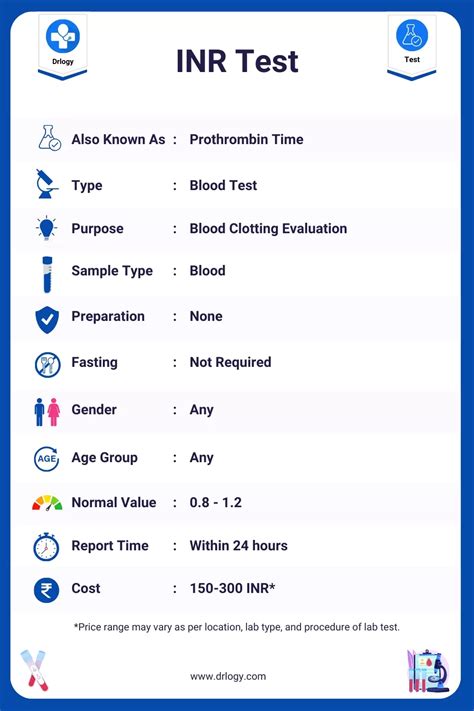
Why is the INR Lab Test Important?
The INR lab test is essential in preventing complications associated with warfarin therapy. If the INR is too high, it means the blood is too thin, and the patient is at risk of bleeding. On the other hand, if the INR is too low, it means the blood is too thick, and the patient is at risk of developing blood clots. The test helps healthcare providers adjust the warfarin dosage to maintain a therapeutic INR range, reducing the risk of adverse events.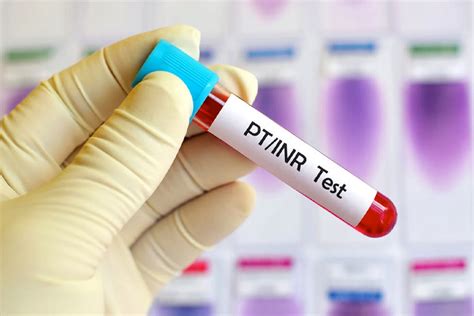
Benefits of the INR Lab Test
The INR lab test has several benefits, including: * Monitoring warfarin therapy and adjusting the dosage as needed * Preventing complications associated with warfarin therapy, such as bleeding or thrombosis * Evaluating patients with liver disease or vitamin K deficiency * Providing a safe and effective way to manage patients with atrial fibrillation, deep vein thrombosis, and pulmonary embolism * Allowing healthcare providers to make informed decisions about patient care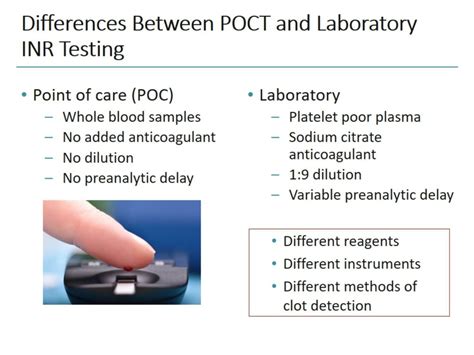
How is the INR Lab Test Performed?
The INR lab test is typically performed on a blood sample taken from a vein in the arm. The blood sample is then sent to a laboratory for analysis, where it is mixed with a substance that triggers blood clotting. The time it takes for the blood to clot is then measured and compared to a standard sample. The result is expressed as a ratio, which is the INR value.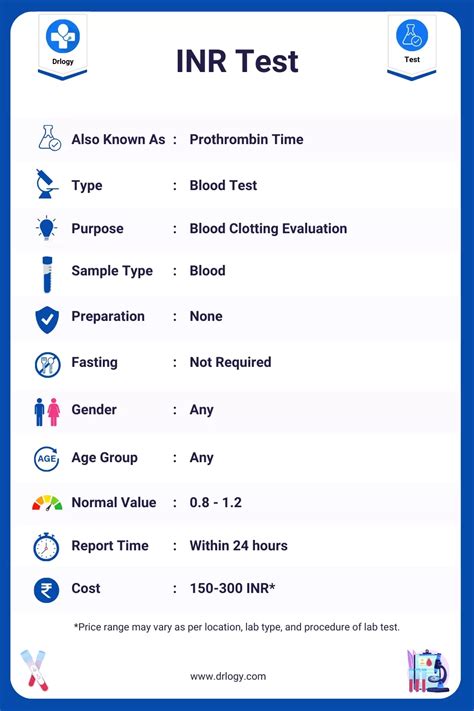
Steps Involved in the INR Lab Test
The steps involved in the INR lab test include: 1. Blood sample collection: A blood sample is taken from a vein in the arm using a needle and syringe. 2. Blood sample preparation: The blood sample is then mixed with a substance that triggers blood clotting. 3. Clotting time measurement: The time it takes for the blood to clot is then measured and compared to a standard sample. 4. INR calculation: The result is expressed as a ratio, which is the INR value. 5. Result interpretation: The INR value is then interpreted by a healthcare provider, who adjusts the warfarin dosage as needed.
Interpreting INR Lab Test Results
Interpreting INR lab test results is crucial in managing patients on warfarin therapy. The results are expressed as a ratio, with a normal range typically between 0.9 and 1.1. Patients on warfarin therapy usually have an INR range between 2.0 and 3.0, although this may vary depending on the individual's condition and the healthcare provider's instructions.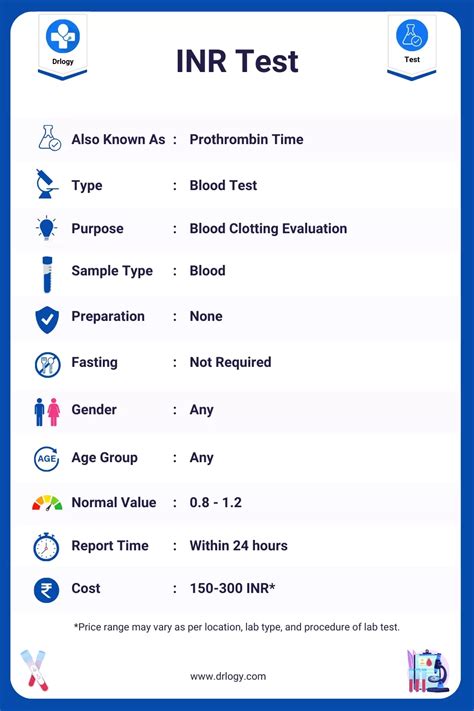
What Do INR Lab Test Results Mean?
INR lab test results can be interpreted as follows: * INR < 2.0: The blood is too thick, and the patient is at risk of developing blood clots. * INR 2.0-3.0: The blood is within the therapeutic range, and the patient is at a lower risk of complications. * INR > 3.0: The blood is too thin, and the patient is at risk of bleeding.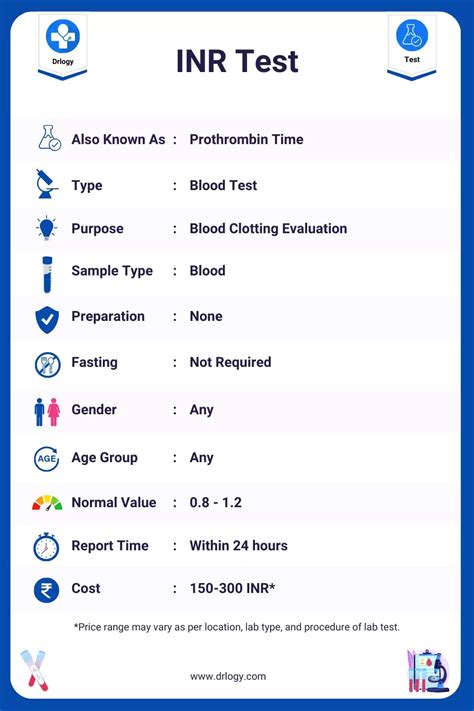
Common Issues with INR Lab Tests
Common issues with INR lab tests include: * Incorrect blood sample collection or preparation * Interference from other medications or substances * Laboratory errors or equipment malfunctions * Patient non-compliance with warfarin therapy or dietary restrictions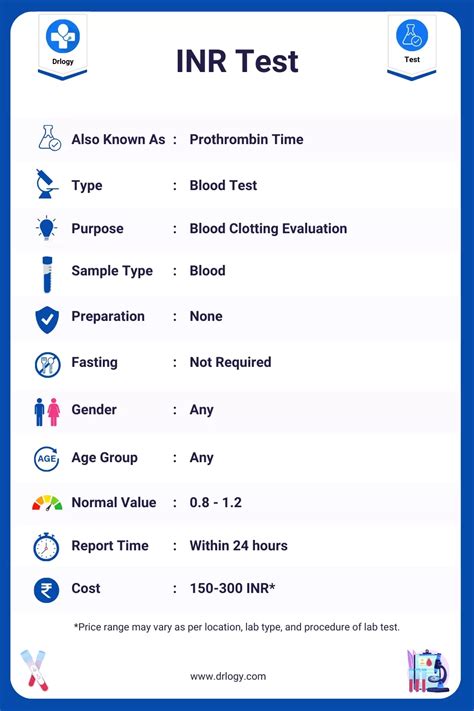
How to Address Common Issues with INR Lab Tests
Common issues with INR lab tests can be addressed by: 1. Ensuring correct blood sample collection and preparation 2. Informing patients about potential interactions with other medications or substances 3. Regularly maintaining laboratory equipment and following quality control procedures 4. Educating patients about the importance of compliance with warfarin therapy and dietary restrictions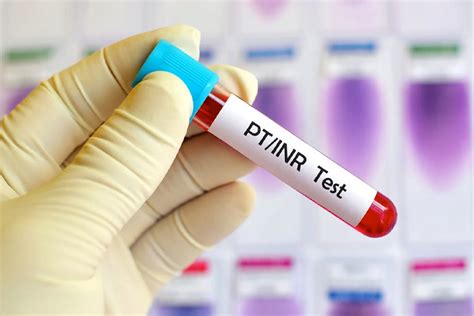
What is the normal range for INR lab test results?
+The normal range for INR lab test results is typically between 0.9 and 1.1, although this may vary depending on the individual's condition and the healthcare provider's instructions.
What are the benefits of the INR lab test?
+The benefits of the INR lab test include monitoring warfarin therapy, preventing complications associated with warfarin therapy, and evaluating patients with liver disease or vitamin K deficiency.
How is the INR lab test performed?
+The INR lab test is typically performed on a blood sample taken from a vein in the arm, which is then mixed with a substance that triggers blood clotting. The time it takes for the blood to clot is then measured and compared to a standard sample.
In conclusion, the INR lab test is a vital tool in the management of patients on warfarin therapy. It helps healthcare providers adjust the warfarin dosage to maintain a therapeutic INR range, reducing the risk of adverse events. By understanding the importance of the INR lab test, its working mechanisms, and the steps involved in the testing process, patients and healthcare providers can work together to ensure safe and effective management of warfarin therapy. We encourage readers to share their experiences with INR lab tests, ask questions, and engage in discussions about the importance of this crucial blood test.
